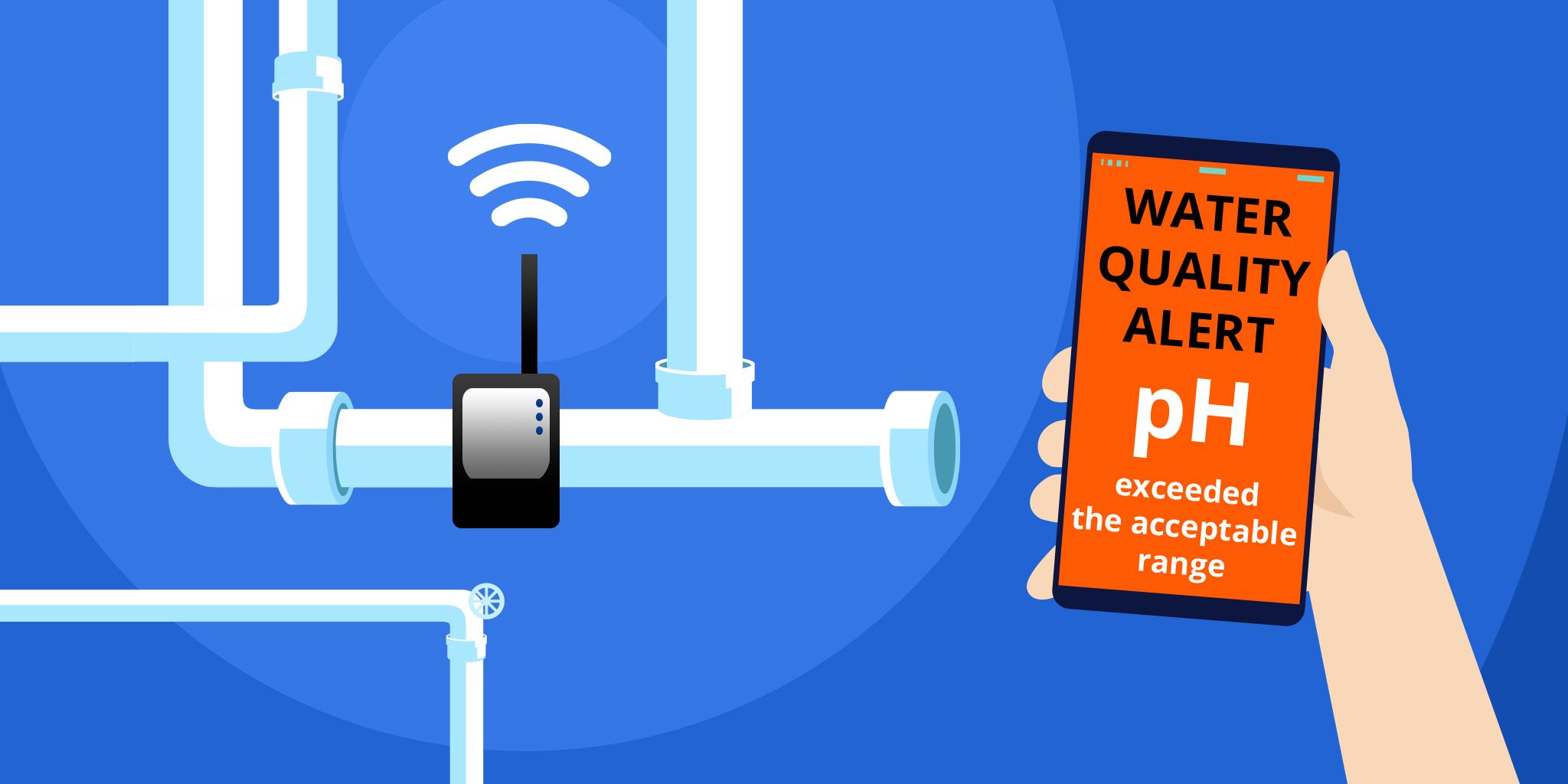Connected Operations - The First Step to IoT Payback
Connected Operations - The First Step to IoT Payback
- Last Updated: December 2, 2024
Maciej Kranz
- Last Updated: December 2, 2024



In the first part of this series, How to Get Started with IoT, we took a look at how to generate quick returns on IoT investments. There are four fast paths to IoT payback: Connected Operations, Remote Operations, Predictive Analytics, and Predictive Maintenance.
As with any network, the first step on your journey to the Internet of Things is getting your “things” connected. And if you do it right, it’s also your first step to a quick return on your IoT investment. Here’s a look at the first fast path: Connected Operations.
Begin with Your Existing Devices
Maybe they’re not connected at all, or maybe they’re connected to one of many specialized incompatible networks. The first step is to hook these devices into a single enterprise IP network and adjust existing business processes to take advantage of the data now flowing across these connections. Such connected operations will start realizing benefits immediately.
Example: Oil & Gas Industry
Oil and gas companies have achieved substantial payback by connecting the multitude of devices on an oil rig and then metering those devices. A Cisco study showed that connected digital technology could spur an 11 percent bottom-line improvement for oil & gas companies.
Specifically, when the devices on an oil rig — or in any facility — are networked, the entire facility becomes an IP data platform with sensors placed at appropriate spots throughout. These sensors collect readings and analyze the data, enabling operators to identify problems sufficiently in advance to prevent them from occurring, or to trigger critical safety procedures in time to save lives and minimize damage. Think of the billions of dollars that could be saved — and environmental damage avoided — if connected devices could warn of an oil well blow-out before it happened.
This isn’t specific to Oil & Gas, this can easily be applied to any factory, facility, branch office, or vehicle too.
Example: Manufacturing Automation
Rockwell Automation is a leading provider of manufacturing automation solutions, so it’s no surprise that Rockwell deployed IoT extensively in its own manufacturing facilities. By connecting assembly lines and operations in its manufacturing plants, and then connecting those plants to each other and to its connected enterprise infrastructure, Rockwell achieved a fast initial payback.
Even though the process involved 20 plants scattered across the globe, the results are startling. Five years ago, the operation was saddled with a 120-day inventory cycle and achieved only 82 percent on-time delivery. Once it had everything connected, Rockwell reduced the inventory cycle to 82 days and increased on-time delivery to 98 percent. The company also managed to cut in half the number of rejected parts, effectively avoiding 30 percent in capital expenses. Rockwell credits these gains entirely to connecting all of the devices throughout its plants.
Start Small
The good news is that you don’t have to start with such a comprehensive project involving many plants across the globe to realize a fast payback. Your first IoT project can and should be small, allowing you to learn from the experience of your peers and your own implementation. Then build on your success.
I have seen many companies, large and small, implement connected operations in manufacturing. Generally, this process comes down to the following steps:
- Connect devices within a standalone island with Ethernet and open protocols for richer aggregate sensor data.
- Connect the islands and migrate all discrete single-task or device-specific networks into a converged plant-wide network for IoT visibility, real-time operation, and cost savings.
- Deploy a flexible multiservice platform across the plant for mobility, collaboration, and fog/cloud computing that is optimized for the next three fast-payback scenarios.
- Implement a multiservice platform across the network of plants for scale and optimal supply chain and manufacturing operations.
Each of these phases builds on the others, and each delivers a fast payback by itself. Together they can deliver significant ROI on your IoT investment.
Implementing the Internet of Things (IoT) is a journey, not a one-time event. And like every journey, it begins with a single step. Connected operations could be that step.
In his next post, Maciej discusses Remote Operations — the second of his four fast-paths to IoT value. And please share your thoughts in the comments below or on Maciej's Building the Internet of Things community.
The Most Comprehensive IoT Newsletter for Enterprises
Showcasing the highest-quality content, resources, news, and insights from the world of the Internet of Things. Subscribe to remain informed and up-to-date.
New Podcast Episode

IoT and AI in 2026
Related Articles





